-
Gary Huang
- 5:43 pm
- April 11, 2024
The Ultimate Guide to High Quality Activated Carbon Water Filters
Clean, safe drinking water is essential for our health and well-being. However, tap water can often contain various contaminants, such as chlorine, sediments, heavy metals, and organic compounds, which can affect its taste, odor, and safety. This is where water filtration systems play a crucial role in ensuring that the water we consume is free from harmful impurities.
Among the various filtration methods available, activated carbon filters have emerged as a popular and effective solution for improving water quality. At Huatan Filtration, we specialize in providing our customers with high-quality activated carbon water purification filters and surrounding water purifier products, ensuring that they have access to clean, great-tasting water.
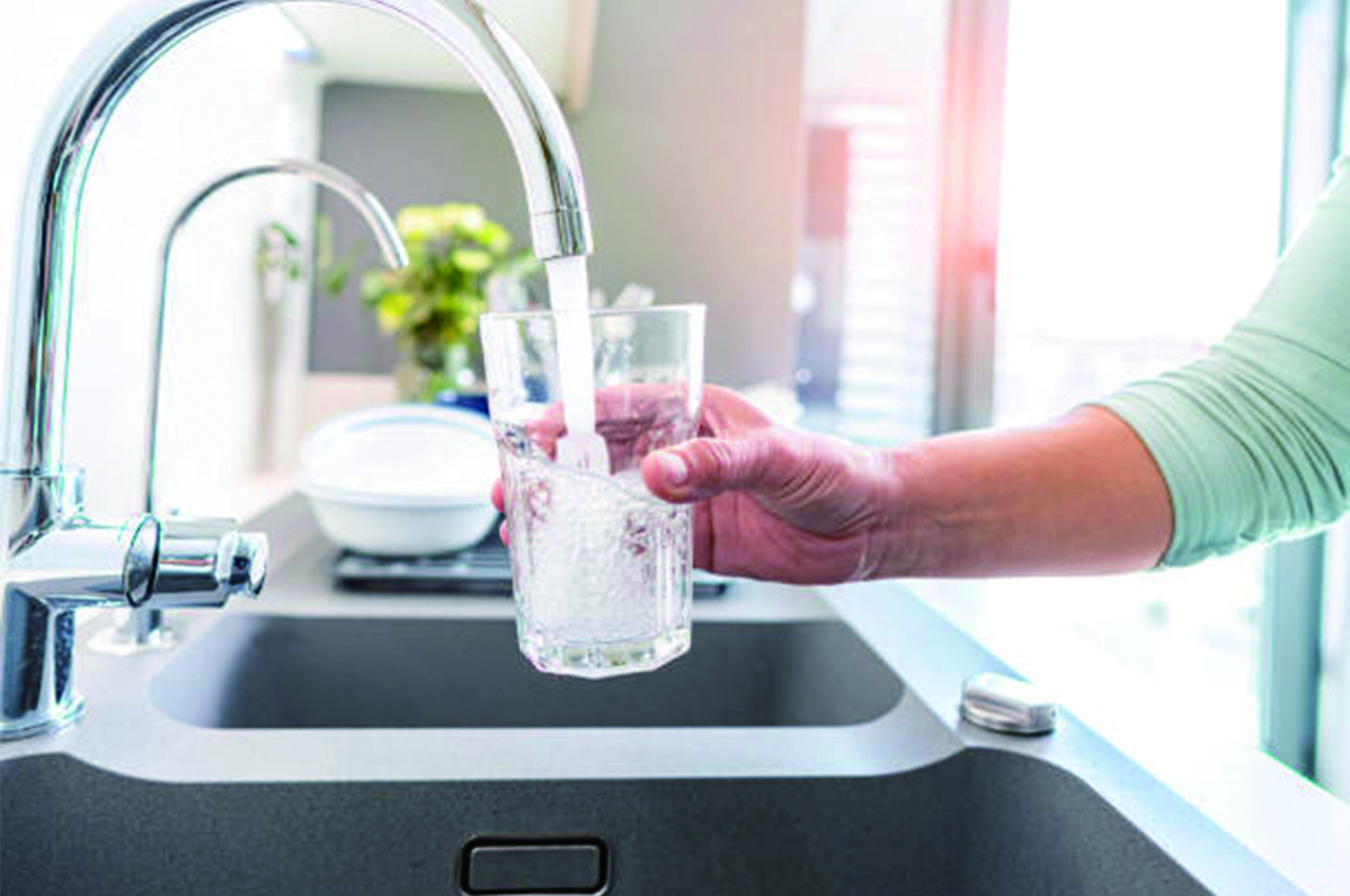
Activated carbon filters are renowned for their ability to remove a wide range of contaminants from water, including chlorine, volatile organic compounds (VOCs), certain heavy metals, pesticides, and industrial solvents. Not only do they improve the taste and odor of water, but they also contribute to a healthier and safer drinking experience.
The effectiveness of activated carbon filters lies in their unique porous structure and adsorption process. The activated carbon material has an exceptionally high surface area, allowing it to attract and trap contaminants as water passes through the filter. This adsorption process ensures that impurities are effectively removed, leaving behind clean, refreshing water.
At Huatan Filtration, we understand the importance of providing our customers with high-quality products that they can trust. Our activated carbon water filters are designed to meet the highest industry standards and certifications, ensuring that they deliver exceptional performance and reliable contaminant removal.
In this comprehensive guide, we will delve into the world of activated carbon water filters, exploring their working principles, types, contaminant removal capabilities, selection criteria, maintenance requirements, and integration with other filtration methods. Whether you’re a homeowner seeking to improve the quality of your drinking water or a business owner looking for effective water filtration solutions, this guide will provide you with valuable insights and practical information to help you make informed decisions.
What are Activated Carbon Filters?
Activated carbon filters are a highly effective and widely used water filtration method that employ a unique porous material derived from organic sources like coconut shells, wood, or coal. This material, known as activated carbon or activated charcoal, has an exceptionally high surface area, making it an excellent adsorbent for removing a wide range of contaminants from water.
The activation process is what gives activated carbon its remarkable adsorption capabilities. During this process, the raw material is exposed to high temperatures in the absence of oxygen, driving off heavy organic molecules and creating a highly porous structure with an immense internal surface area.
A single pound of activated carbon can have a surface area equivalent to 60-150 acres!
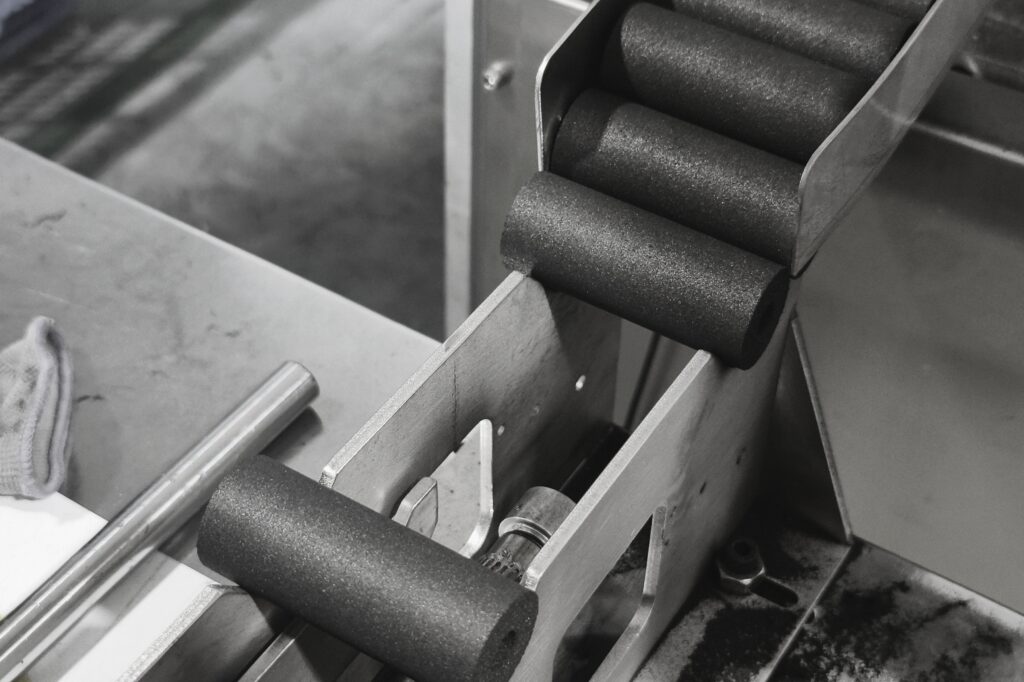
There are two main types of activated carbon filters:
1. Granular Activated Carbon (GAC): These filters contain loose granules or pellets of activated carbon. GAC filters excel at adsorbing vapors and gases due to the rapid diffusion of contaminants into the porous granules. They are commonly used in water treatment systems for their high flow rates and effective contaminant removal.
2. Powdered Activated Carbon (PAC): As the name suggests, PAC filters use incredibly fine powdered activated carbon particles. These particles are often added directly to other treatment processes or suspended in water to facilitate adsorption. PAC filters offer a larger surface area compared to GAC filters, making them highly efficient at removing contaminants.
In addition to these two primary forms, activated carbon can also be manufactured into carbon block filters, which are composed of finely ground carbon particles held together by a binder. These compact filters offer a slower flow rate but can effectively prevent channeling, ensuring maximum contact time between the water and the carbon surface.
The effectiveness of activated carbon filters lies in their ability to remove a wide range of contaminants through the process of adsorption. As water passes through the filter, organic compounds, chlorine, volatile organic compounds (VOCs), certain heavy metals, pesticides, and industrial solvents are attracted and bound to the porous surface of the activated carbon, effectively removing them from the water.
Contaminants Removed by Activated Carbon Filters
Activated carbon filters are renowned for their exceptional ability to remove a wide range of contaminants from water through the process of adsorption. The porous structure and immense surface area of activated carbon allow it to effectively attract and trap various impurities as water passes through the filter.
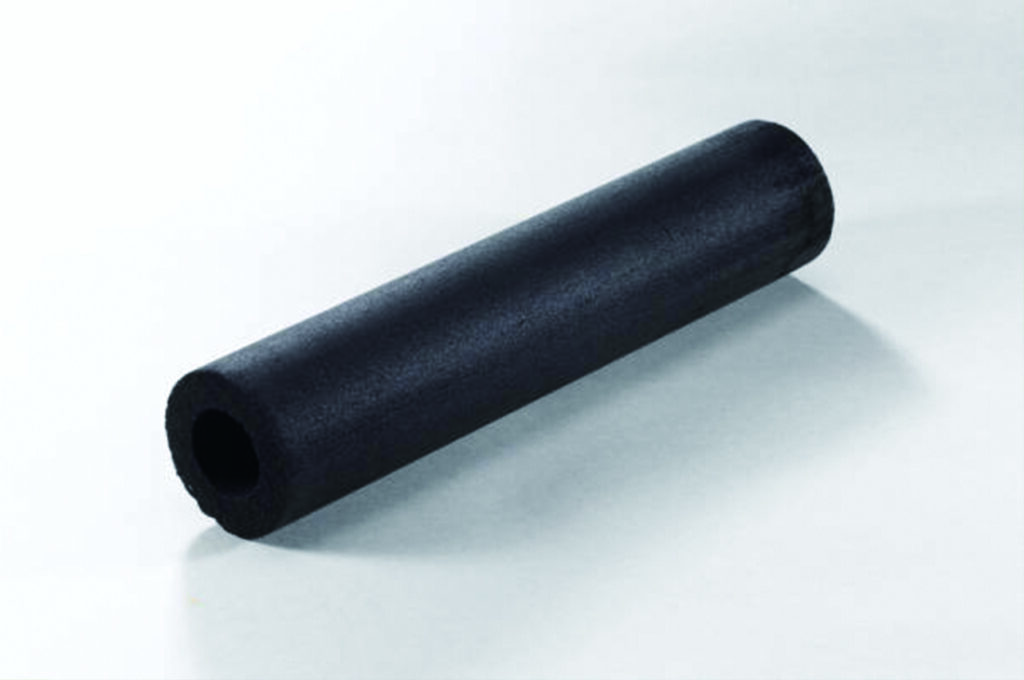
According to the Environmental Protection Agency (EPA) and NSF International, activated carbon filters can effectively remove the following contaminants:
1. Organic Compounds
- Volatile organic compounds (VOCs) like benzene, trichloroethylene, carbon tetrachloride, and vinyl chloride
- Pesticides and herbicides, including atrazine and glyphosate
- Disinfection byproducts, such as trihalomethanes (THMs)
2. Chlorine and Chloramines
- Free chlorine and chloramines used for water disinfection
- Activated carbon chemically converts chlorine molecules into chloride, effectively removing chlorine taste and odor
3. Heavy Metals
- Lead from older pipes and soldered joints
- Mercury and other heavy metals (if the filter is specifically certified for their removal)
4. Taste and Odor Compounds
- Activated carbon excels at removing harmless taste and odor-causing compounds, improving water’s taste and smell
It’s important to note that while activated carbon filters can remove a wide array of contaminants, their effectiveness may vary depending on factors such as the quality of the activated carbon used, the filter’s design, and the specific contaminants present in the water.
Additionally, activated carbon filters are generally not effective at removing certain contaminants, such as:
- Dissolved minerals like calcium, magnesium, and sodium
- Fluoride
- Total dissolved solids (TDS)
- Microorganisms like bacteria and viruses (unless specifically certified for microbial removal)
To ensure optimal contaminant removal, it’s crucial to choose a high-quality activated carbon filter from a reputable brand like Huatan Filtration and follow the manufacturer’s recommendations for proper maintenance and replacement intervals.
How Activated Carbon Filters Work
Activated carbon filters rely on a process called adsorption to remove contaminants from water. Adsorption is a physical process where molecules of a substance (in this case, impurities in water) are trapped and held onto the surface of a solid material (activated carbon).
The key to the exceptional adsorption capabilities of activated carbon lies in its unique porous structure and immense surface area. During the activation process, the raw material (such as coconut shells or coal) is exposed to high temperatures in the absence of oxygen, driving off heavy organic molecules and creating a highly porous structure with an incredibly large internal surface area
This porous structure is what gives activated carbon its remarkable adsorption capacity. As water passes through the filter, contaminants are attracted and bound to the vast surface area of the activated carbon through a combination of physical and chemical forces, including van der Waals forces, electrostatic interactions, and chemical bonding.

The effectiveness of activated carbon filters in removing contaminants is influenced by several factors:
1. Surface Area: The larger the surface area of the activated carbon, the more sites are available for adsorption, resulting in higher contaminant removal capacity.
2. Pore Size Distribution: Activated carbon filters with a diverse range of pore sizes can effectively adsorb contaminants of varying molecular sizes, from small organic compounds to larger molecules.
3. Contact Time: The longer the water is in contact with the activated carbon, the more time the contaminants have to be adsorbed onto the surface. This is why proper filter maintenance and replacement are crucial to ensure optimal performance.
4. Contaminant Properties: The adsorption process is influenced by the properties of the contaminants, such as their molecular size, polarity, and solubility. Some contaminants may be more effectively removed than others due to their specific characteristics.
As the activated carbon filter becomes saturated with adsorbed contaminants over time, its adsorption capacity decreases, and the filter needs to be replaced to maintain effective contaminant removal. Regular maintenance and timely replacement of the activated carbon filter are essential to ensure the continued delivery of clean, high-quality water.
Choosing High-Quality Activated Carbon Filters
With the wide range of activated carbon filters available on the market, it’s crucial to choose a high-quality product from a reputable manufacturer to ensure optimal performance and effective contaminant removal. Here are some key factors to consider when selecting an activated carbon filter:
1. Brand Reputation and Certifications
Look for filters from established brands with a proven track record in the water filtration industry. Reputable manufacturers like Huatan Filtration, a leading China carbon filter manufacturer, adhere to strict quality standards and undergo rigorous testing to ensure their products meet or exceed industry certifications.
NSF/ANSI certifications are particularly important when choosing an activated carbon filter. These certifications ensure that the filter has been independently tested and verified to remove specific contaminants effectively and safely. Look for filters certified to NSF/ANSI standards 42 (for chlorine, taste, and odor reduction), 53 (for lead, VOC, and MTBE reduction), and 401 (for emerging contaminants like pharmaceuticals and pesticides).
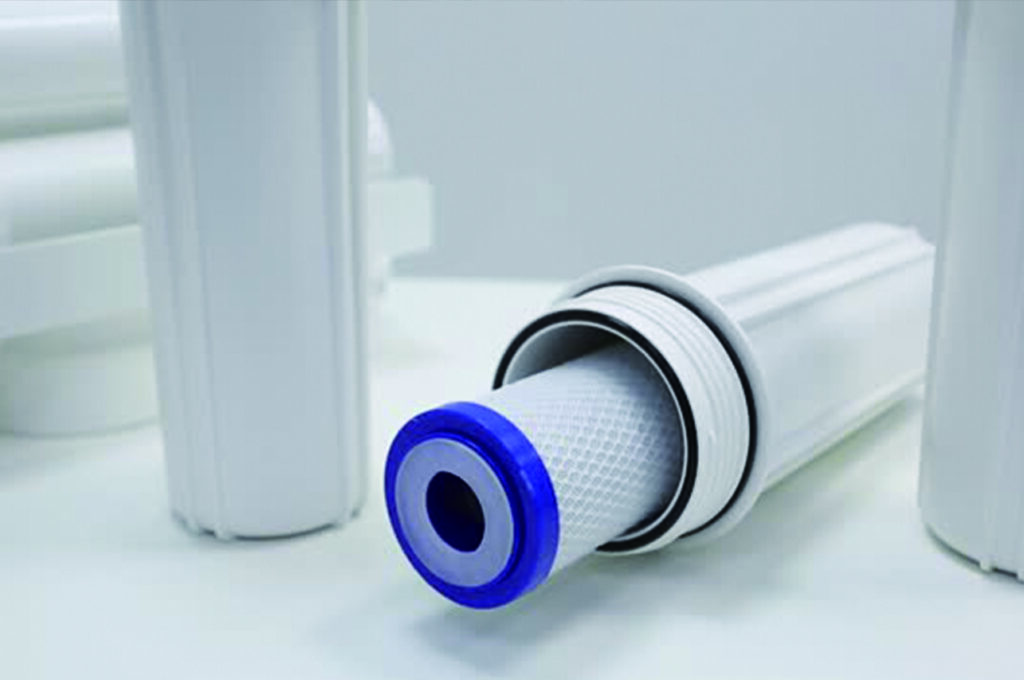
2. Filter Capacity and Lifespan
The capacity of an activated carbon filter refers to the amount of water it can effectively treat before needing replacement. Higher-capacity filters can treat more water, reducing the frequency of replacements and associated costs. However, it’s essential to balance capacity with the filter’s ability to maintain adequate contact time for effective adsorption.
Additionally, consider the expected lifespan of the filter, which is typically influenced by factors such as water quality, usage patterns, and the specific contaminants present. Reputable manufacturers like Huatan Filtration provide clear guidance on recommended replacement intervals to ensure optimal performance.
3. Contaminant Removal Capabilities
Different activated carbon filters may be designed to target specific contaminants or contaminant classes. When selecting a filter, ensure that it is certified to remove the contaminants of concern in your water supply. Huatan Filtration offers a range of activated carbon filters tailored to address various contaminant removal needs, from chlorine and VOCs to heavy metals and industrial pollutants.
4. Filter Design and Integration
Consider the filter’s design and how it integrates with your existing water system. Granular activated carbon (GAC) filters are commonly used in whole-house filtration systems, while carbon block filters are often employed as point-of-use filters for specific faucets or appliances.
Huatan Filtration offers both GAC and carbon block filters, allowing for seamless integration into various water filtration setups, whether you require whole-house filtration or targeted point-of-use solutions.
By considering these factors and choosing a high-quality activated carbon filter from a reputable manufacturer like Huatan Filtration, you can ensure that your water filtration system effectively removes contaminants, providing you and your family with clean, safe, and great-tasting water.
Integrating Activated Carbon Filters into Water Filtration Systems
While activated carbon filters are highly effective at removing a wide range of contaminants, they often work best when integrated into a multi-stage water filtration system. By combining activated carbon filters with other filtration methods, you can achieve comprehensive water treatment and address a broader spectrum of contaminants.
1. Multi-Stage Filtration Systems
In a typical multi-stage filtration system, activated carbon filters are often used in conjunction with other filter types, such as:
A. Sediment Filters: These filters are designed to remove larger particles, such as sand, rust, and debris, from the water. By placing a sediment filter before the activated carbon filter, you can extend the lifespan of the carbon filter and prevent premature clogging.
B. Reverse Osmosis (RO) Filters: RO systems use semi-permeable membranes to remove dissolved solids, heavy metals, and other contaminants that activated carbon filters may not effectively remove. Incorporating an activated carbon filter after the RO membrane can help improve the taste and odor of the purified water.
C. Ion Exchange Filters: These filters use resin beads to remove dissolved minerals, such as calcium and magnesium, which contribute to water hardness. Combining an ion exchange filter with an activated carbon filter can provide both softened and contaminant-free water.
By strategically combining these filtration methods, you can create a comprehensive water treatment solution tailored to your specific water quality needs and contaminant concerns.
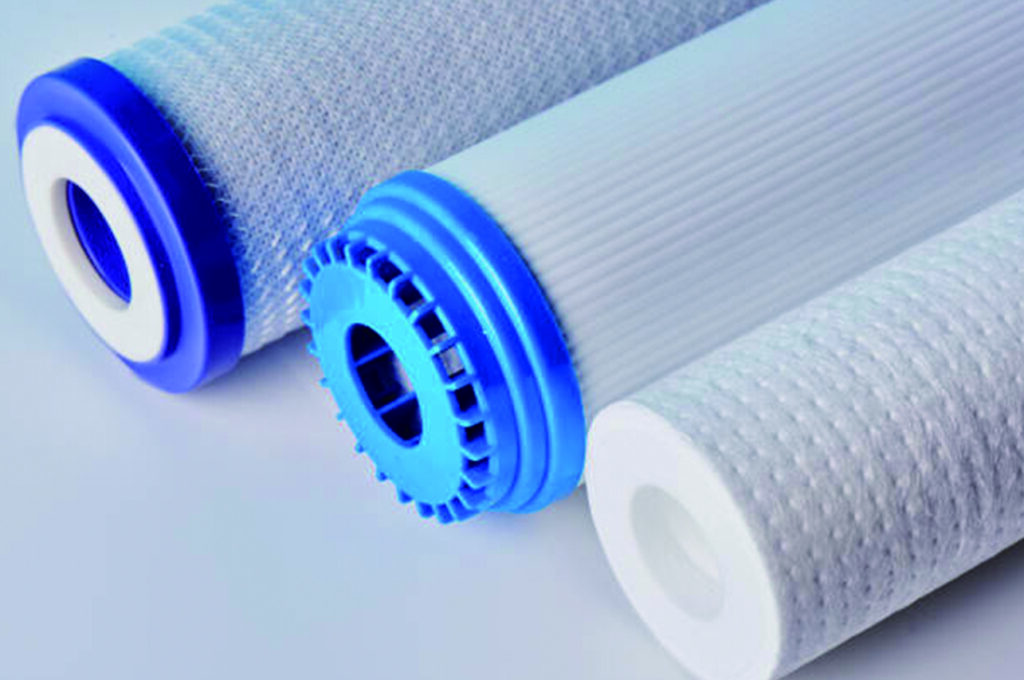
2. Whole-House vs. Point-of-Use Filters
Activated carbon filters can be integrated into both whole-house and point-of-use filtration systems, depending on your requirements:
A. Whole-House Filters: These filters are installed at the main water line, treating all the water entering your home. Granular activated carbon (GAC) filters are commonly used in whole-house systems due to their high flow rates and ability to handle large volumes of water.
B. Point-of-Use Filters: These filters are installed at specific faucets or appliances, such as under the kitchen sink or on the water line for your refrigerator. Carbon block filters are often used in point-of-use applications due to their compact size and effective contaminant removal capabilities.
By strategically placing activated carbon filters at the appropriate points in your water filtration system, you can ensure that your drinking water is free from a wide range of contaminants, while also benefiting from the advantages of other filtration methods.
Maintenance and Replacement of Activated Carbon Filters
Proper maintenance and timely replacement of activated carbon filters are crucial to ensure their continued effectiveness in removing contaminants from your water supply. Over time, the porous surface of the activated carbon becomes saturated with adsorbed impurities, reducing its adsorption capacity and compromising its ability to effectively filter water.
1. Signs That Indicate Filter Replacement is Needed
While manufacturers typically provide recommended replacement intervals for their activated carbon filters, it’s essential to be aware of the following signs that may indicate the need for an earlier filter change:
A. Decreased Water Flow: As the activated carbon filter becomes clogged with trapped contaminants, the water flow rate through the filter may decrease noticeably.
B. Presence of Odors or Tastes: If you start to notice unpleasant odors or tastes in your filtered water, it could be a sign that the activated carbon has become saturated and is no longer effectively removing contaminants.
C. Visible Discoloration or Sediment: If you observe discoloration or sediment in the filtered water, it may indicate that the filter is no longer functioning properly and needs to be replaced.
D. Manufacturer’s Recommended Lifespan: Most reputable manufacturers, like Huatan Filtration, provide clear guidelines on the expected lifespan of their activated carbon filters based on factors such as water quality, usage patterns, and contaminant levels.
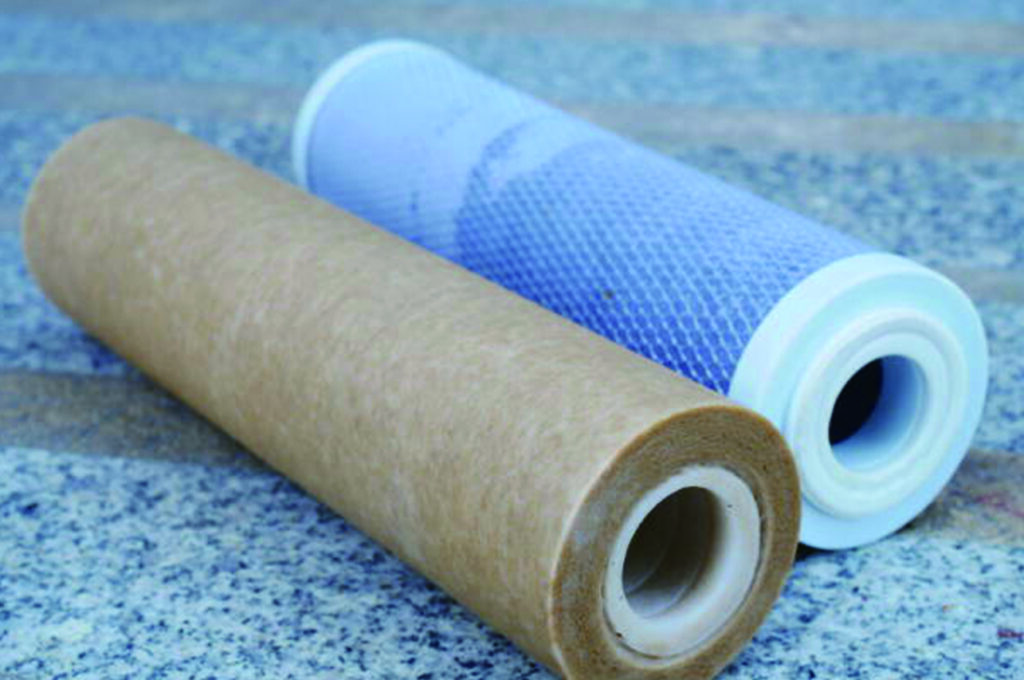
2. Recommended Replacement Intervals
The frequency of filter replacement can vary depending on several factors, including:
A. Water Quality: If your water supply contains higher levels of contaminants, the activated carbon filter may become saturated more quickly, requiring more frequent replacements.
B. Water Usage: Households or businesses with higher water consumption rates will need to replace their filters more often than those with lower usage.
C. Filter Type and Size: Different types and sizes of activated carbon filters have varying capacities and lifespans. Larger filters or those with higher carbon density may last longer before needing replacement.
Huatan Filtration provides detailed replacement recommendations for their activated carbon filters, taking into account these factors to ensure optimal performance and contaminant removal.
3. Proper Disposal of Used Filters
Once an activated carbon filter has reached the end of its lifespan, it’s important to dispose of it properly. Used filters may contain trapped contaminants and should not be simply thrown away with regular household waste.
Check with your local waste management authorities for proper disposal guidelines, as some areas may have specific regulations for disposing of used water filters. In some cases, activated carbon filters may be eligible for recycling or special handling to ensure responsible disposal.
By following the manufacturer’s recommendations for maintenance and replacement, and properly disposing of used filters, you can ensure that your activated carbon water filtration system continues to provide clean, safe, and great-tasting water for your household or business.

Ensuring access to clean, safe, and great-tasting water is a priority for households and businesses alike. Activated carbon filters have proven to be an effective and reliable solution for removing a wide range of contaminants, including chlorine, volatile organic compounds, heavy metals, and more.
As a leading China carbon filter maker, Huatan Filtration is committed to providing high-quality activated carbon water purification filters and surrounding water purifier products. Our filters are designed to meet the highest industry standards and certifications, ensuring exceptional performance and reliable contaminant removal.
Throughout this comprehensive guide, we have explored the working principles of activated carbon filters, their types, and the contaminants they can effectively remove. We have also discussed the importance of choosing high-quality filters from reputable manufacturers, integrating them into multi-stage filtration systems, and maintaining and replacing them according to recommended intervals.
By investing in a high-quality activated carbon water filtration system from Huatan Filtration, you can enjoy the numerous benefits of clean, fresh-tasting water while protecting your household or business from the potential health risks associated with contaminants.
Don’t settle for subpar water quality – take the first step towards a healthier and more enjoyable water experience by exploring Huatan Filtration’s range of activated carbon water filters and water purifier products. Our team of experts is dedicated to helping you find the perfect solution for your specific water treatment needs.
Embrace the power of activated carbon filtration and experience the difference that clean, great-tasting water can make in your daily life. Contact Huatan Filtration today and join the growing number of satisfied customers who have discovered the ultimate solution for high-quality water filtration.
Popular Posts
- Carbon Block Water Filter vs. Reverse Osmosis: Ultimate Guide to Choosing the Right Water Filtration
- Best 10 Local Water Filter Makers in China You Should Know
- Huatan Filtration Shines at 2024 Guangdong Water Exhibition with Innovative Carbon Block Tech
- Step-by-Step Guide to Importing Activated Carbon Filters from China
- Exploring the Science Behind Activated Carbon Filter Technology
- Extracting Gold Using Activated Carbon: Principles, Processes, and Environmental Considerations
- The Benefits of Using Coconut-Based Carbon Cartridges
- HUATAN Filtration: Showcasing Top-notch Water Filtration Products at Aquatech China 2023
- The Most Common Uses for Carbon Cartridges in Manufacturing
- The Science Behind Carbon Cartridges: How Do They Work?
Get in Touch With Huatan
Take your business to the next level with HUATAN, a trusted manufacturer of carbon block water filter cartridges in China. We’re here to help you succeed and provide the support you need.
Contact Now